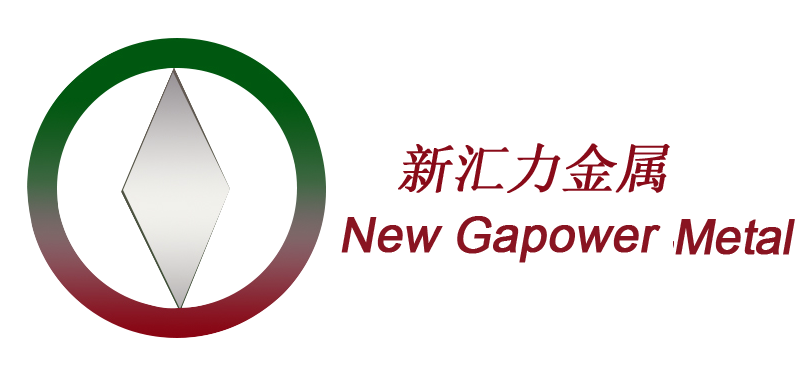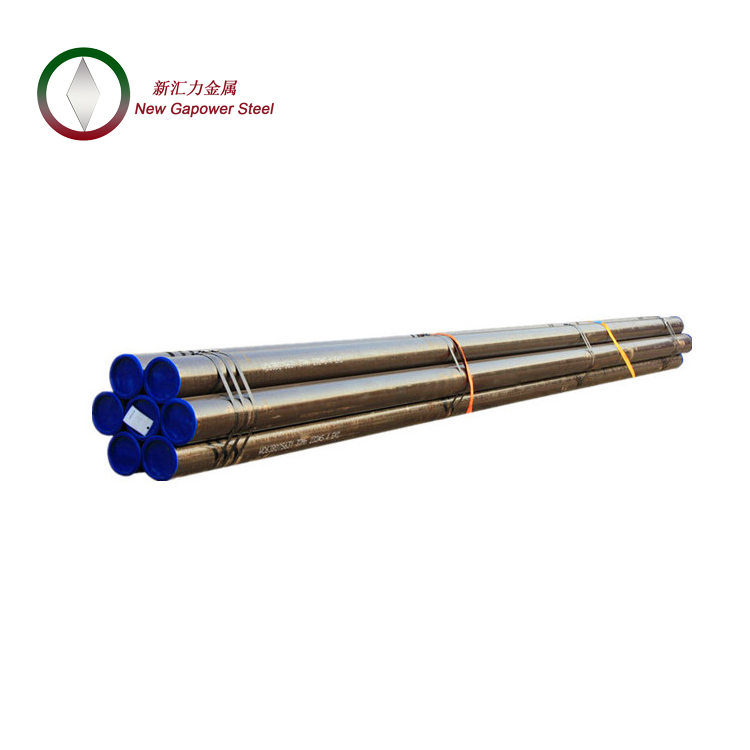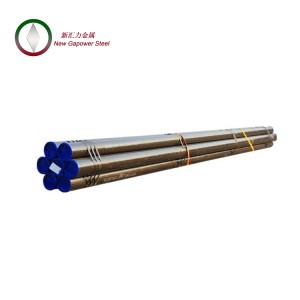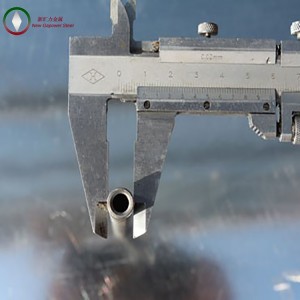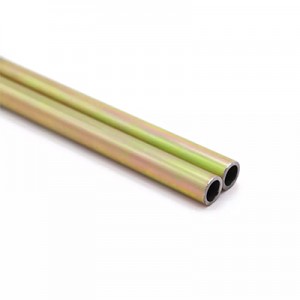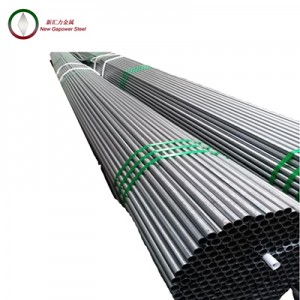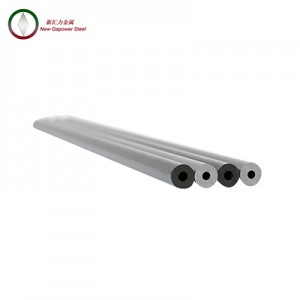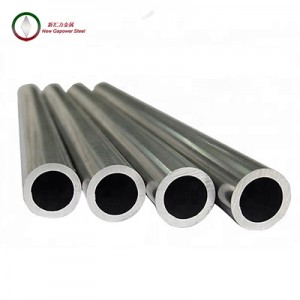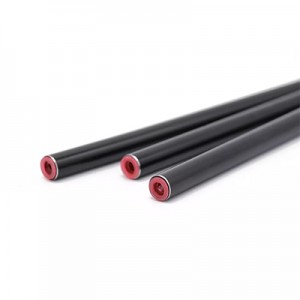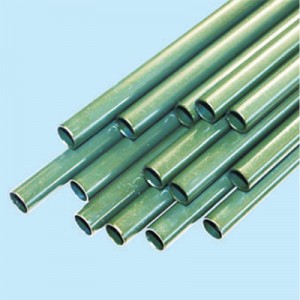Din1629-84 Seamless Circular unalloyed Steel Tubes for subject to special requirements
Brief Introduction
The raw material of seamless carbon steel pipe is round tube blank. The round tube blank shall be cut and processed by cutting machine, and the blank with a growth of about 1m shall be sent to the furnace for heating through conveyor belt. The billet is sent to the furnace for heating at a temperature of about 1200 degrees Celsius. The fuel is hydrogen or acetylene. Temperature control in furnace is a key problem. After the round tube blank is discharged from the furnace, it shall be pierced through the pressure piercer. Generally, the more common piercer is the cone roll piercer. This kind of piercer has high production efficiency, good product quality, large perforation diameter expansion, and can wear a variety of steel grades. After perforation, the round tube blank is successively rolled by three roll cross rolling, continuous rolling or extrusion. After extrusion, take off the pipe for sizing. The sizing machine rotates into the steel embryo at high speed through the conical drill to form a steel pipe. The inner diameter of the steel pipe is determined by the outer diameter length of the sizing machine bit. After sizing, the steel pipe enters the cooling tower and is cooled by water spray. After cooling, the steel pipe will be straightened. After straightening, the steel pipe is sent to the metal flaw detector (or hydrostatic test) by the conveyor belt for internal flaw detection. If there are cracks, bubbles and other problems inside the steel pipe, they will be detected. Steel pipes should be strictly selected by hand after quality inspection. After the steel pipe is inspected, the number, specification, production batch number, etc. shall be sprayed with paint. And hoisted into the warehouse by crane.
Technical Characteristics
Standard: DIN 1629
OD: 4-90mm
Thickness: 0.5-20mm
Grade: ST37.0 ST44.0 ST52.0
Heat Treament: NBK(+N) normalized, BK, GBK,
Surface Treament: Army green passivated, Sliver Galvanized, Black Phosphated,Black paint,
Straightness: 1mm/1000mm
Dimension Telorance: According to DIN1629
Feature
High precison, smooth surface
Strong anti rust/corrosion property
No any corrosion after 220 hours’ Sale Spray Test
Delivery Conditions
The tubes can be produced in the following delivery conditions:
BK (+C) Cold finished/hard (cold finished as drawn).
No heat treatment after the last cold forming process.
BKW (+LC) Cold finished/soft (lightly cold worked)
After the last heat treatment there is a light finishing pass (cold drawing).
BKS (+SR) Cold finished/stress relieve annealed.
After the final cold forming process the tubes are stress relieve annealed.
GBK (+A) Annealed.
After the final cold forming process the tubes are annealed in a controlled atmosphere.
NBK (+N) Normalized. (Mainly focus on)
After the final cold forming process the tubes are annealed above the upper transformation point in a controlled atmosphere
Application Carbon steel pipe is to continuously strengthen the mechanical properties of carbon steel pipe by adjusting the carbon content, so as to produce carbon steel pipes for different purposes, which are determined according to the carbon content. Some can be used to manufacture mechanical structural parts, building structural parts and pipelines for conveying fluid. It is also widely used in agricultural irrigation and water conservancy projects.
